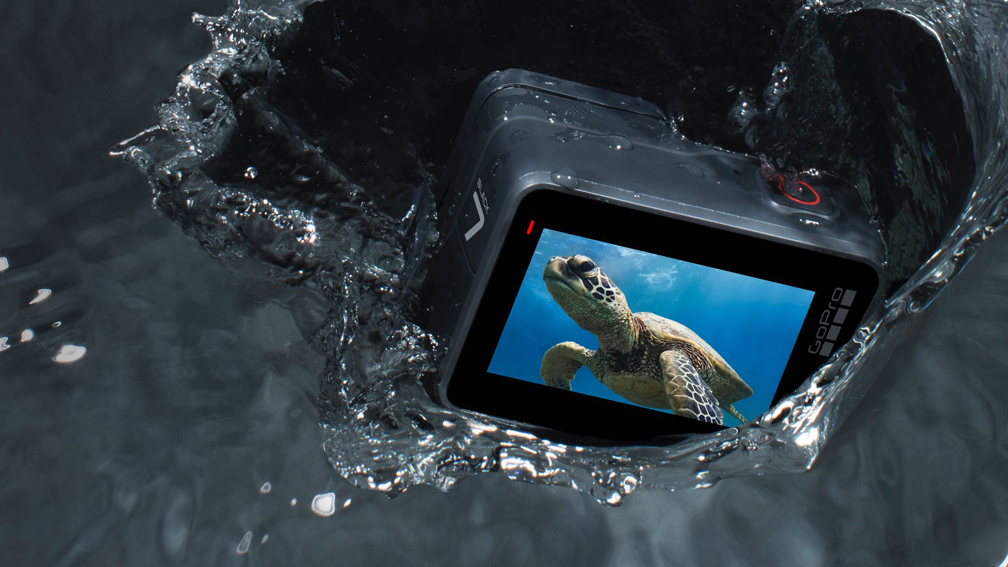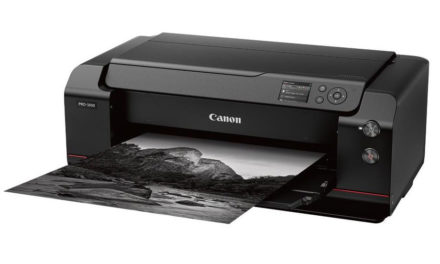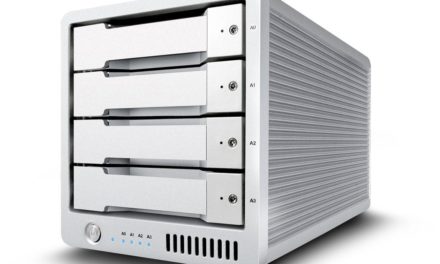Digital Stabilization That Looks Like It’s Optical
Review by Erik Vlietinck
A GoPro HERO 7 is the same as a HERO 6, as a HERO 5…, or is it? The HERO 7 is certainly different in that it has useful, effective, digital stabilization. That’s the new GoPro’s top selling point from which the smooth time-lapse video is also derived. Other novelties include the ability to create HDR shots and a vastly better menu system.
I compared the HERO 7’s built-in video stabilization to the HERO 6 mounted on a GoPro Karma Grip and found it pretty impressive. There’s almost no difference between the two, except on the practical side of things. The Karma Grip is very easy to use but sometimes you’ll press the wrong button and the camera will wildly point anywhere. It’s also quite heavy, but has the added benefit of powering the camera. I prefer the HERO 7 as it’s lighter, and you just hold it anyway you want.

That same stabilized smoothness is available with “timewarp” video—time lapse as you move through a scene. It looks incredibly good and flows; amazing that it’s digital and not optical. You can also capture 8x slo-mo videos with the HERO 7, but that’s only useful, in my opinion, if you don’t know how to edit footage in an NLE.
On the photo side of things, there are HDR JPEGs with automatic local tone mapping and noise reduction all done in-camera. The results I got were good, but when the dynamic range is huge, as in a picture of trees in bright daylight taken from inside a dark room, there’s too much noise in the dark areas.
Finally, you can directly stream to Facebook Live, YouTube, and others immediately after shooting through a connection with the GoPro app. ■






